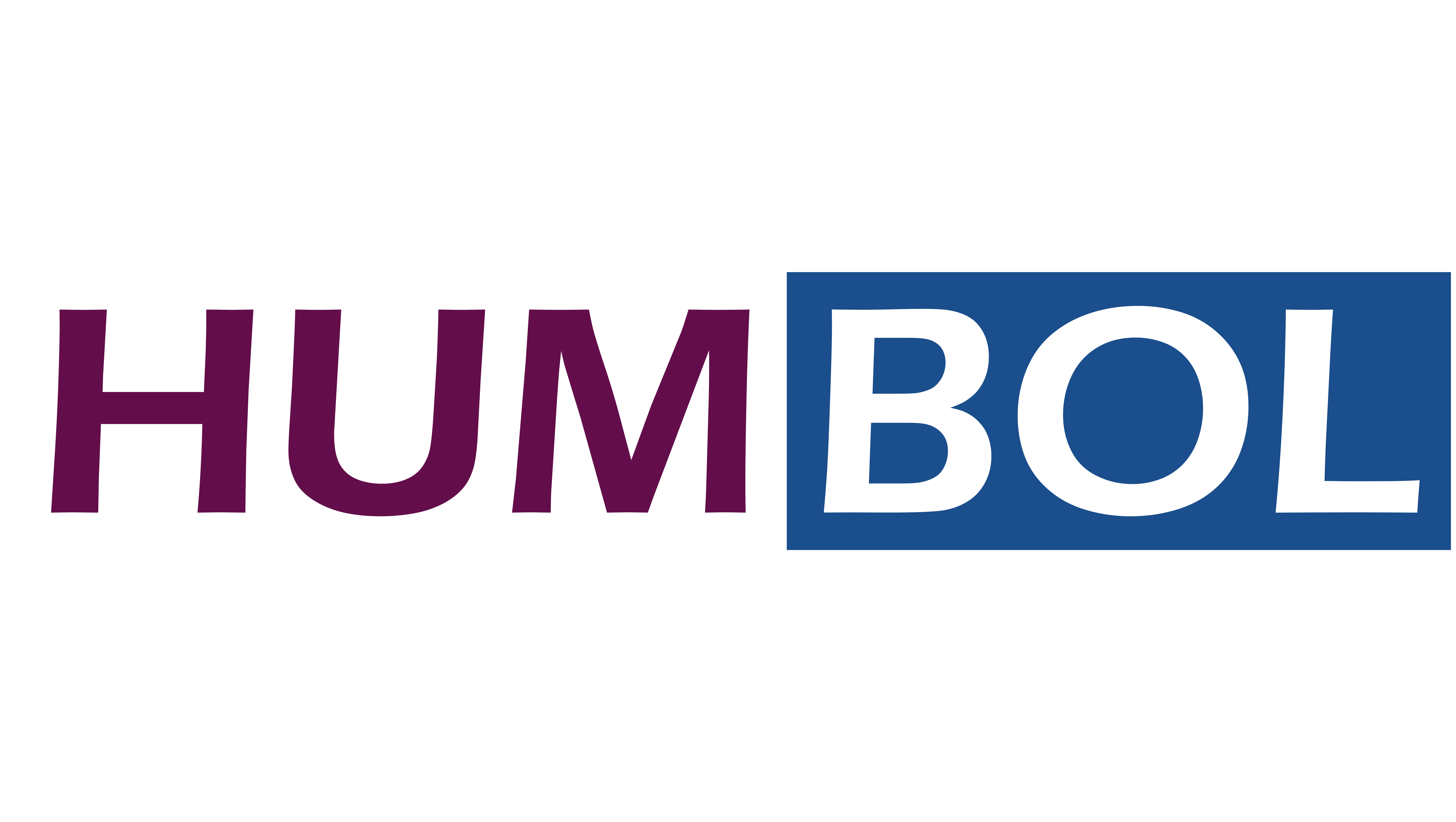In this seminar, Dr Chen Hsueh Chu would first introduce the self-developed learner corpus – English Speech Corpus. It is an effective tool in teaching English as corpus-based data allows students to identify language patterns and pronunciation features using authentic language data. By raising language awareness, teachers can easily engage students in classroom discussions and reflections. Later in her sharing, Dr Chen Hsueh Chu would elaborate on the benefits of using the Corpus to teach language, alongside several enlightening examples of integrating it into her courses.
In the second part of this seminar, Dr Keung Hiu Man introduced Virtual Field Trips (VFTs) as a fascinating means for students to explore the world without leaving the classroom and provided examples of how to integrate VFTs into a course to best enhance learning. This part of the seminar highlighted the integration of VFTs with no advanced technical skills, no large investment of time and money, nor VR headsets required.
(length: 01:24:11)
View their presentation slides here: https://drive.google.com/file/d/1MqB0N3AkM62-TxiwD50MafUrLQoGuJy-/view?usp=sharing.
Deepening Learners' Experience and Engagement with Content: Examples from the Humanities
Presenter: Dr Chen Hsueh Chu
Part 1: Introduction | 00:00 – 03:42 | Introduction |
03:43 – 04:33 | Overview | |
04:34 – 05:12 | Corpus as an effective tool in language teaching and learning | |
Part 2: Usage of the Corpus | 05:13 – 06:10 | Spoken corpus |
06:11 – 06:49 | Chinese learners’ difficulties in learning English | |
06:50 – 07:45 | Learner corpus | |
07:46 – 08:53 | English Speech Corpus with different proficiency levels | |
08:54 – 09:32 | English Speech Corpus with four linguistic criteria | |
09:33 – 15:59 | Browse function | |
16:00 – 17:03 | Search function | |
17:04 – 18:46 | Classroom presentation | |
18:47 – 19:57 | ||
19:58 – 20:56 | ||
Part 3: Integration of the Corpus | 20:57 – 21:59 | Learner motivation |
22:00 – 22:38 | English Phonetics Course | |
22:39 – 25:51 | Teaching Training course | |
25:52 – 26:52 | Feedback from Lingnan students | |
26:53 – 27:36 | Feedback from EdUHK teachers | |
27:37 – 30:09 | Limitations of using corpus | |
Part 4: Pedagogical Implications | 30:10 – 31:00 | Pedagogical implications |
Closing | 31:01 – 31:24 | Comments and thanks |
Presenter: Dr Keung Hiu Man
Part 1: Background Information | 31:25 – 33:22 | Introduction |
33:23 – 34:59 | Typical field trips – pros and cons | |
35:00 – 43:51 | Virtual field trips – myths and facts | |
43:52 – 45:04 | Common problems of VFTs | |
45:05 – 46:40 | e-Resources for creating VFTs | |
46:41 – 47:57 | Research objectives and questions | |
Part 2: Experience Sharing | 47:58 – 49:14 | “Introduction to Chinese Culture” – problems and challenges |
49:15 – 49:41 | Integration of different online resources into the course | |
49:42 – 52:23 | VFT activity 1 – VR 360 video and Padlet | |
52:24 – 52:54 | VFT activity 2 – VR 360 museum tour and Zoom | |
52:55 – 53:38 | VFT activity 3 – AR paintings and Flipgrid (now Flip) | |
53:39 – 54:00 | VFT activity 4 – 3D models and Zoom | |
54:01 – 54:58 | VFT activity 5 – 2D photos and Padlet | |
54:59 – 55:18 | Examples of sharing news report videos on VR innovations | |
Part 3: Research Findings | 55:19 – 56:40 | Analysis of the survey data |
56:41 – 57:45 | Students’ feedback on VFTs | |
Closing | 57:46 – 58:45 | Remarks |
Questions and Comments
Questions | 58:46 – 01:00:49 | How many users have benefitted from Corpus? |
01:00:50 – 01:04:46 | Why don’t you build Corpus into a language enhancement course? | |
Comments | 01:04:47 – 01:09:30 | Comments on VR |
Questions | 01:09:31 – 01:12:26 | Did you take the photos for using VR yourself? |
01:12:27 – 01:16:19 | Are there any interactions between virtual field trips and virtual exchange? | |
01:16:20 – 01:23:25 | Why are many VFTs based in Taiwan? How do VFTs make students more active learners when teaching the materials that might be filtered by the teacher? | |
Closing | 01:23:26 – 01:24:11 | Comments and thanks |


